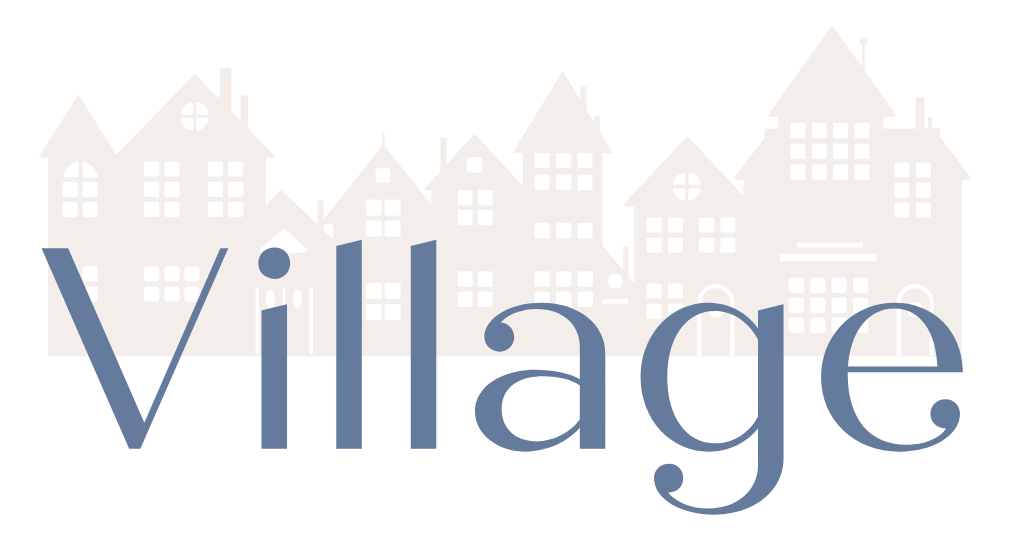Toys & Child Development
As humans, we all enjoy play, but there’s more going on than meets the eye. Our brains are wired to find it “fun” because it is a crucial step in learning the life skills that we need to thrive and, therefore, the toys we use are just as important. In this article, we will discuss the different types of toys, their specific benefits to your child’s development, and which toys are best for engaging in high quality play.
What is “High Quality Play”?
Quality of play is measured by the degree of engagement your child has with any particular toy. For example, if your child is building towers with wooden blocks, a simple indicator of high quality play would be that they continue to build taller or more complex structures. By actively engaging with the toy, they are learning the engineer principles required to build bigger & better.
You can encourage high quality play by asking your child questions about challenges they are facing or posing new ones for them to solve. With a block tower, asking “where is it wobbly?” will help them understand the challenge and “can you make it taller?” will introduce a new one. You can create a more dynamic quality of play by allowing your child to think through the answers and work on the challenges on their own, rather than giving them the answer.
Toys & Play Help Us Learn
Children are constantly learning through their environment, including the toys available to them. Studies show that providing a good variety of toys leads to high quality play with a variety of challenges & skill requirements, promoting more well-rounded development in your child. Different toys stimulate different parts of the brain and the right blend of toys helps children develop important life skills including problem solving, social skills, creativity, and motor skills. To help you understand the different kinds of toys & their impacts on development, let’s take a look at the 10 major types of toys.
Types of Toys
An “Appropriate” Toy
Toys have traditionally been broken down as toys for boys & toys for girls. This has led to an imbalance in the toys available to children - boys being given more of certain types of toys & vice versa. However, toys are gender neutral and all children benefit from playing with dolls, trucks, kitchen sets, construction sets, and dress up clothes. Toys should not be chosen for their perceived gender, but for their age appropriateness.
Toys should not be too complicated to figure out or more advanced than your child’s readiness. As your child grows and masters their current toys, they become too easy and do not present a challenge, reducing the quality of play. Likewise, some toys might be beyond your child’s current cognitive ability which can lead to frustration and, therefore, lower quality play. In their first 6 months, young infants need toys they can grab & chew, but by 6-12 months children can use nesting cups & soft blocks and by 2 years, they will have graduated to toys for building, pretending, & problem solving (i.e. wooden puzzles, maze toys, etc). Toys should continue to challenge children, but the complexity should be in the challenge, not necessarily the toy itself.
Toy Selection Guidelines: Simplicity is Key
Children benefit most from a balanced mix of the 10 types of toys, but within a category, there are so many to choose from it can be overwhelming. If you’re trying to decide, remember this guideline: simplicity is key. According to a study conducted by Professor Trewick-Smith of Eastern Connecticut University, the toys that produced the highest quality play were in fact the simplest. He says “ Basic is better. The highest-scoring toys so far have been quite simple: hardwood blocks, a set of wooden vehicles and road signs, and classic wooden construction toys.”
Dr. Trawick-Smith also reminds parents to focus not on the number of toys, but rather the quality of play. Too many toys can feel like a diner menu - overwhelming. A curated selection of toys will lead to higher quality play and better development.
Looking for Some Personalized Guidance?
Talk with a Village Expert about “Playroom & Nursery Design” to create your perfect playroom. Our Experts are here to help you create the best selection of toys for your child. Based on the toys you currently have & which ones your child prefers, our Experts will work with you to craft the optimal play experience.
Our Experts can also help you understand how to foster independent play so your child can play on their own and you can get back some time for yourself.
